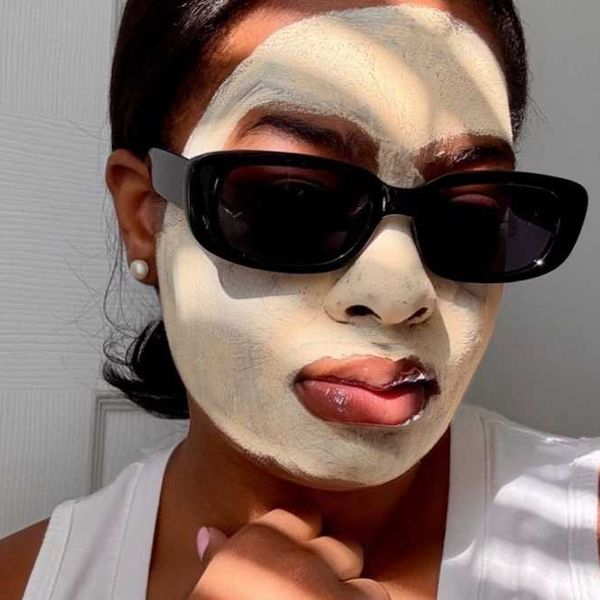Say hello to your best skin yet.
How to Layer Acids in Your Skincare Routine
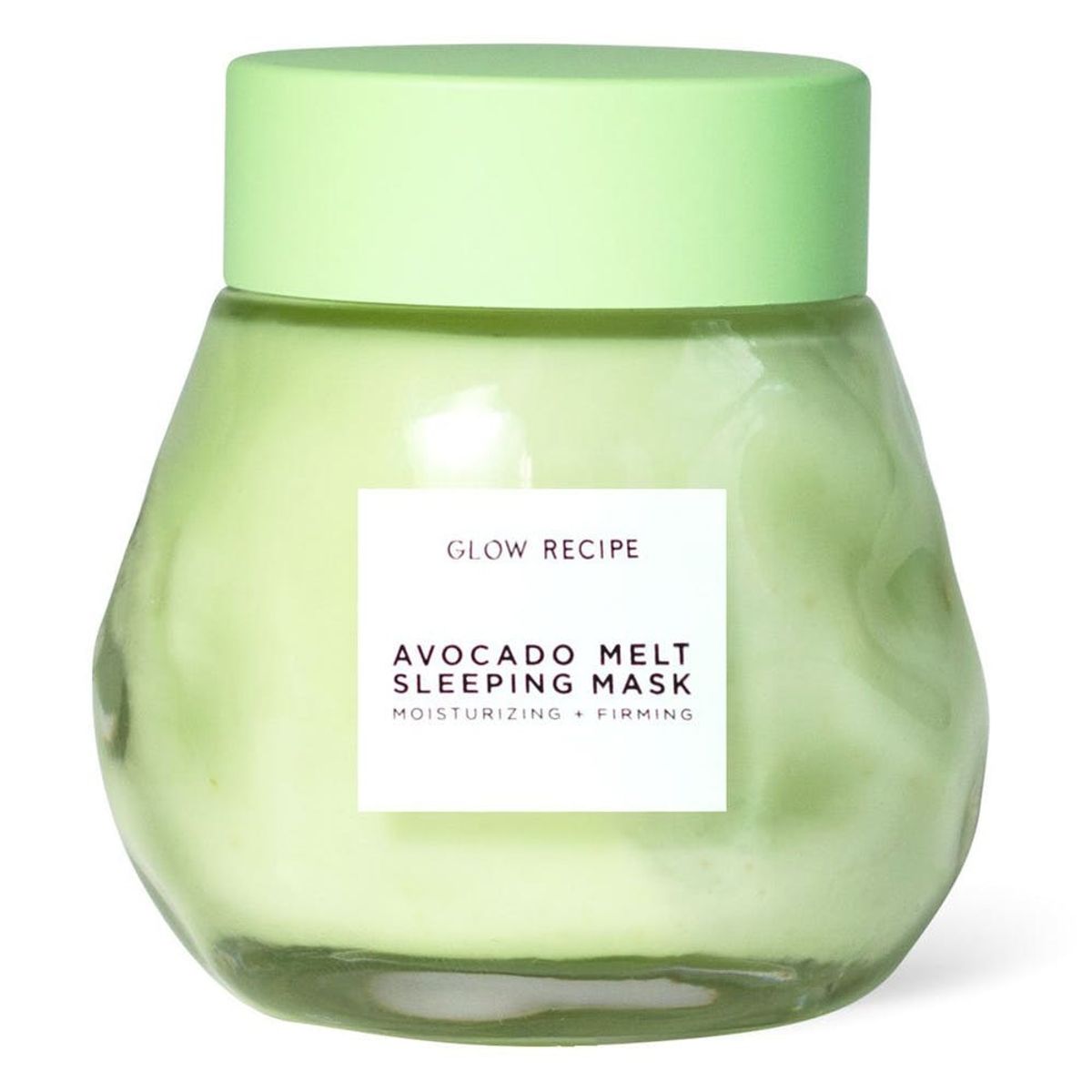
Adding acids into your beauty routine may seem scary, but in reality it’s one of the best-kept secrets of dermatology. Unlike abrasive physical exfoliators, acids rely on gentler chemicals to slough away the buildup of dead skin cells and the gunk that attaches to it. Removing these impurities clears pores and allows the other products in your routine to penetrate more deeply so they can deliver the best results. To help you layer the complexion-perfecting products into your regimen, we dive into the different types of acids and which skin types they work best for.
What Are Exfoliating Acids?
Chemical exfoliators are considered to be gentler than physical exfoliators because they’re made without rough beads or shells to buff away dead skin. In place of those small, abrasive chunks, they depend on low percentages of gentle acids to break through the buildup. “Chemical exfoliators are usually grouped into alpha hydroxy acids (like lactic and glycolic acid) and beta hydroxy acids (AKA salicylic acid),” says Hadley King, an NYC-based dermatologist at Skinney Medspa. Both types, along with polyhydroxy acids (their less sensitizing cousin that attracts and binds water like a humectant), dissolve the bonds that hold pore-clogging dirt and impurities on the surface. Once the chemical exfoliators work their magic, the dead cells shed, revealing a smoother, brighter, clearer complexion underneath. “The difference is that while AHAs are water soluble and work on the surface of the skin, BHAs are oil soluble so they can penetrate into pores so they are able to work [at a deeper level],” King says. (Photo via Evgeniy Skripnichenko/ Getty)
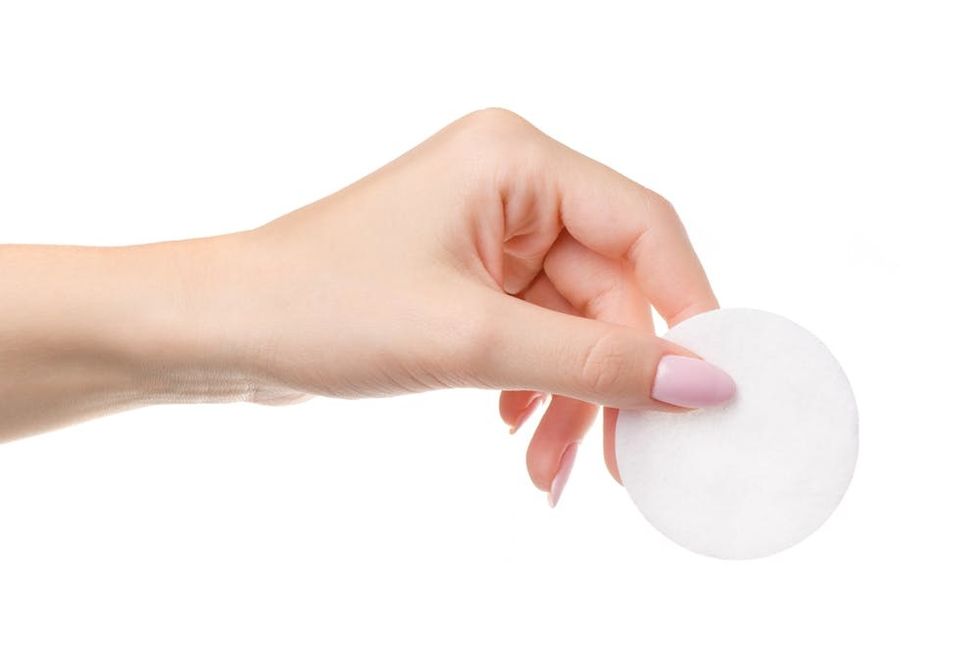
How to Layer Acids in Your Skincare Routine Based on Your Skin Type
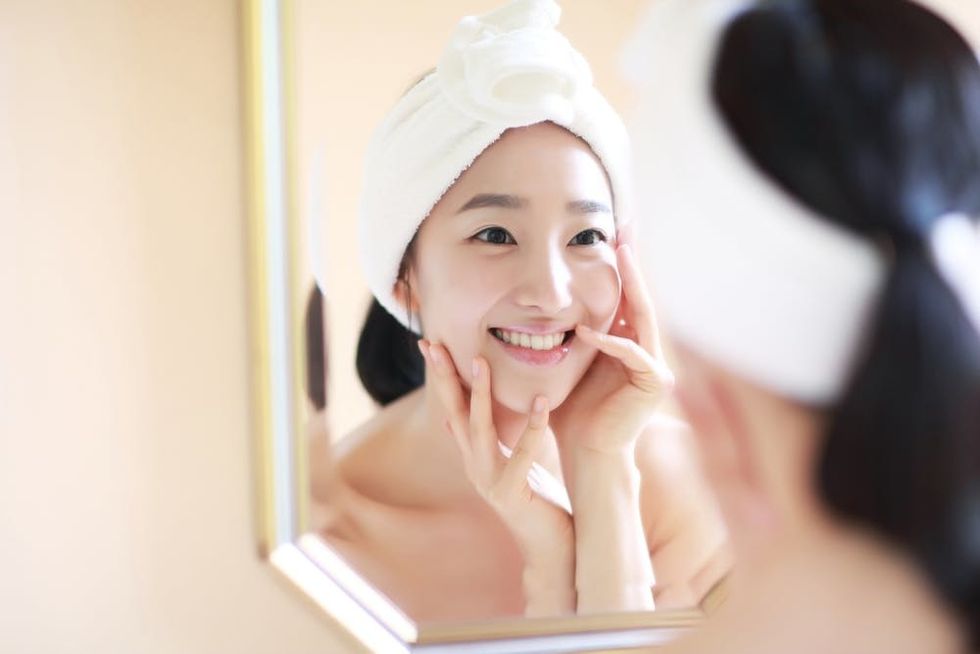
Layering acids can be tricky since you have to fully understand how the chemicals will react with one another. According to King, many people may find that it is too irritating for their skin to use both an AHA and a BHA. Instead, using multiple AHA products (like a cleanser, toner, and serum) together or applying an AHA in the morning and a BHA at night will provide eye-opening results for all skin types and concerns. (Photo via RUNSTUDIO/ Getty)
Generally speaking, King says that AHAs are preferred for normal-to-dry skin (especially of the sun-damaged sort) because they’ve been proven to reduce the appearance of free radical damage. BHAs, on the other hand, are most often reserved for normal to oily skin types (particularly those that are prone to acne and clogged pores) since they’re shown to zap blackheads, whiteheads, cystic zits, and milia. Many people incorrectly assume that BHAs are harsh, but they’re actually chock-full of anti-inflammatory properties, so they’re gentle enough for even the most sensitive, reactive complexions.
Northern Virginia-based dermatologist Lily Talakoub, of McLean Dermatology and Skincare Center, says that oily skin benefits the most from layering acids. “A cleanser with a light salicylic acid coupled with a 10 percent glycolic toner works well to unclog pores, decrease acne breakouts, and mattify the skin,” she notes. Pigmented and aging skin also fare especially well when combining chemical exfoliators. “Pairing exfoliating acids works [wonders] to decrease acne scars, brown spots, and fine lines,” Talakoub says. “Using a glycolic acid cleanser and a toner with kojic acid helps fade pigmentation.” If you have dry or sensitive skin, Talakoub says that mixing AHAs and BHAs could inflame the complexion and make it even drier. Instead, she recommends sticking to just AHAs or PHAs, explaining that mandelic acid, in particular, will help decrease redness flares without stripping the skin of much-needed moisture.
Whichever method you choose, be sure to layer them from thinnest to thickest, and lowest to highest pH so they don’t cancel each other out. (If your product label doesn’t mention its pH, pick up litmus paper from drugstore and dip it into your product to reveal its level.) As you add acids into your routine, keep in mind that the more layers you apply to your skin, the drier it can become. This doesn’t mean you need to avoid them; you just have to take hydration up a notch to lock moisture into the skin (especially during the dry winter months). And remember that “your skin will be more vulnerable to UV damage after exfoliation so be sure to practice sun safety,” King says.
Our 5 Favorite Exfoliating Acid Products
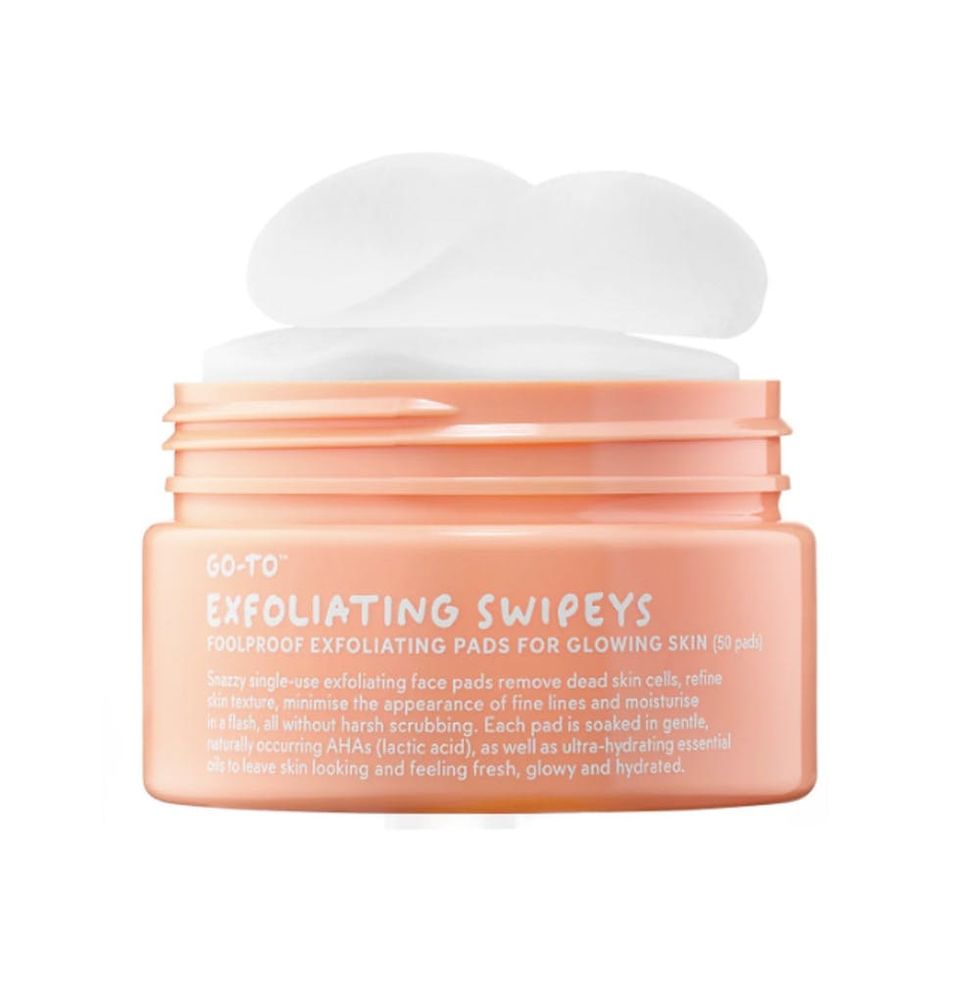
1. Go-To Exfoliating Swipeys ($35): Lactic acid (the most gentle of all AHAs) combines with aloe vera to buff away dull, dead skin and refine texture and tone with a single swipe.
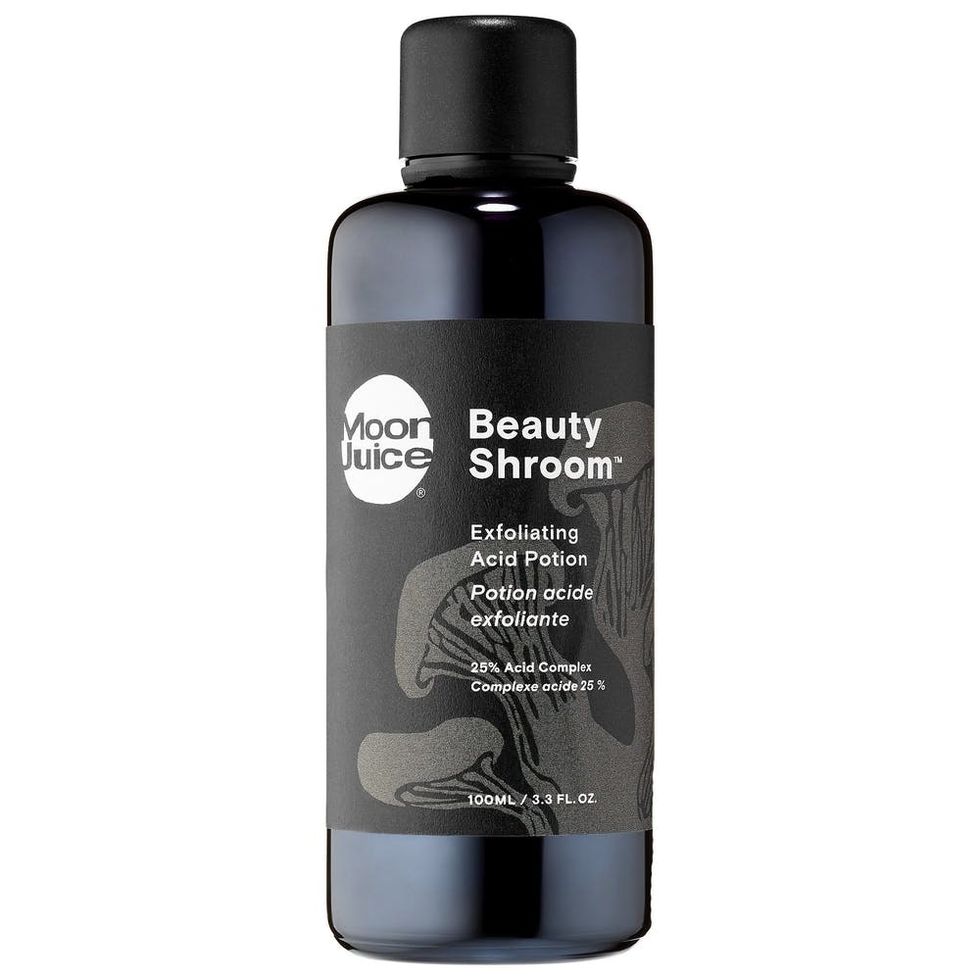
2. Moon Juice Beauty Shroom Exfoliating Acid Potion ($39): Forget about layering multiple products. This potent toner pairs AHAs and BHAs together, featuring a mixture of lactic, glycolic, and salicylic acid infused with hydrating niacinamide and calming reishi.
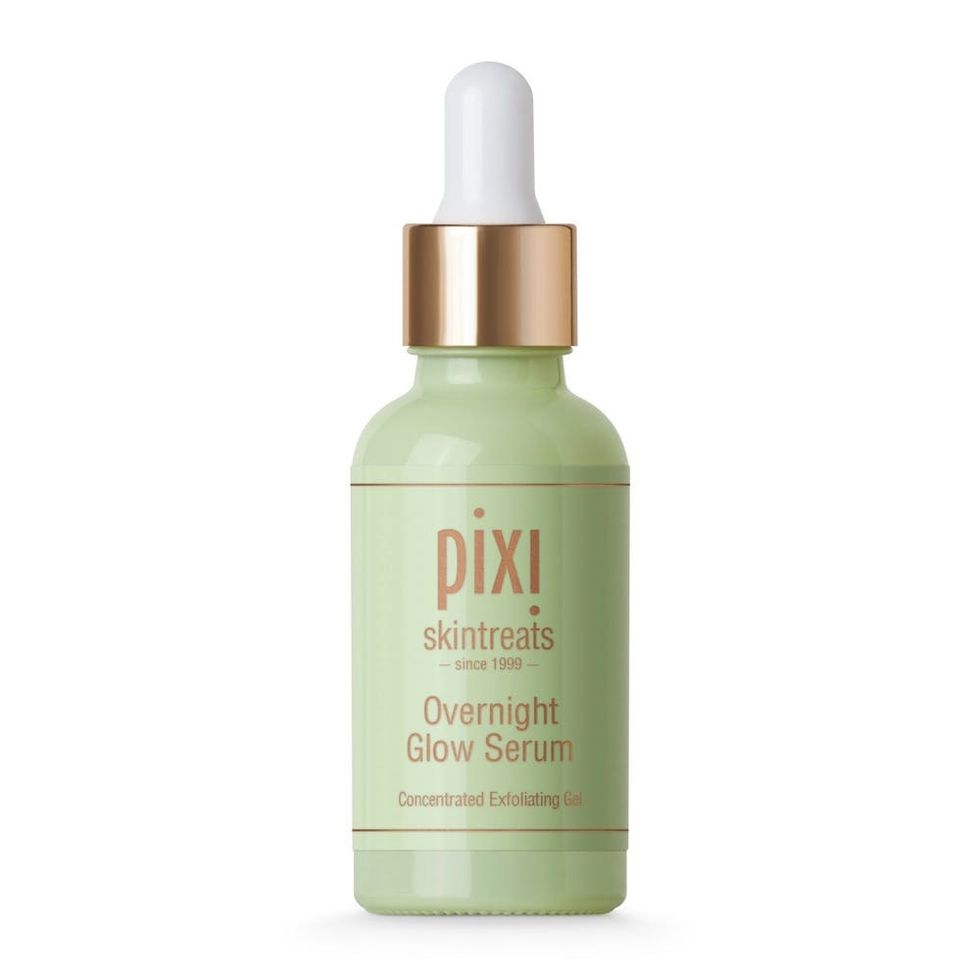
3. Pixi Skintreats Overnight Glow Serum ($23): Formulated with 10 percent glycolic acid and healing arginine, this vitamin A-, C-, and E-rich overnight serum promotes a smoother, brighter complexion come morning.
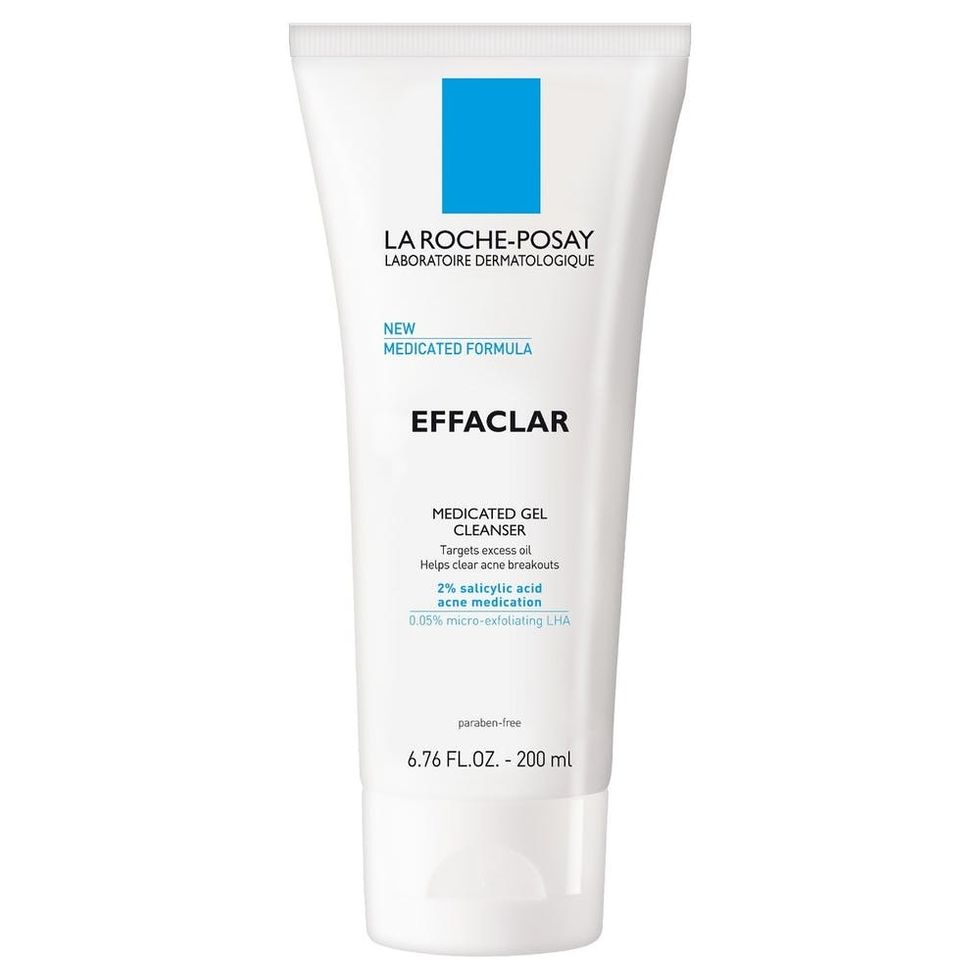
4. La Roche-Posay Medicated Gel Cleanser ($15): This 2 percent salicylic and lipo-hydroxy acid cleanser allows you to layer acids into your skincare routine from the very first step.
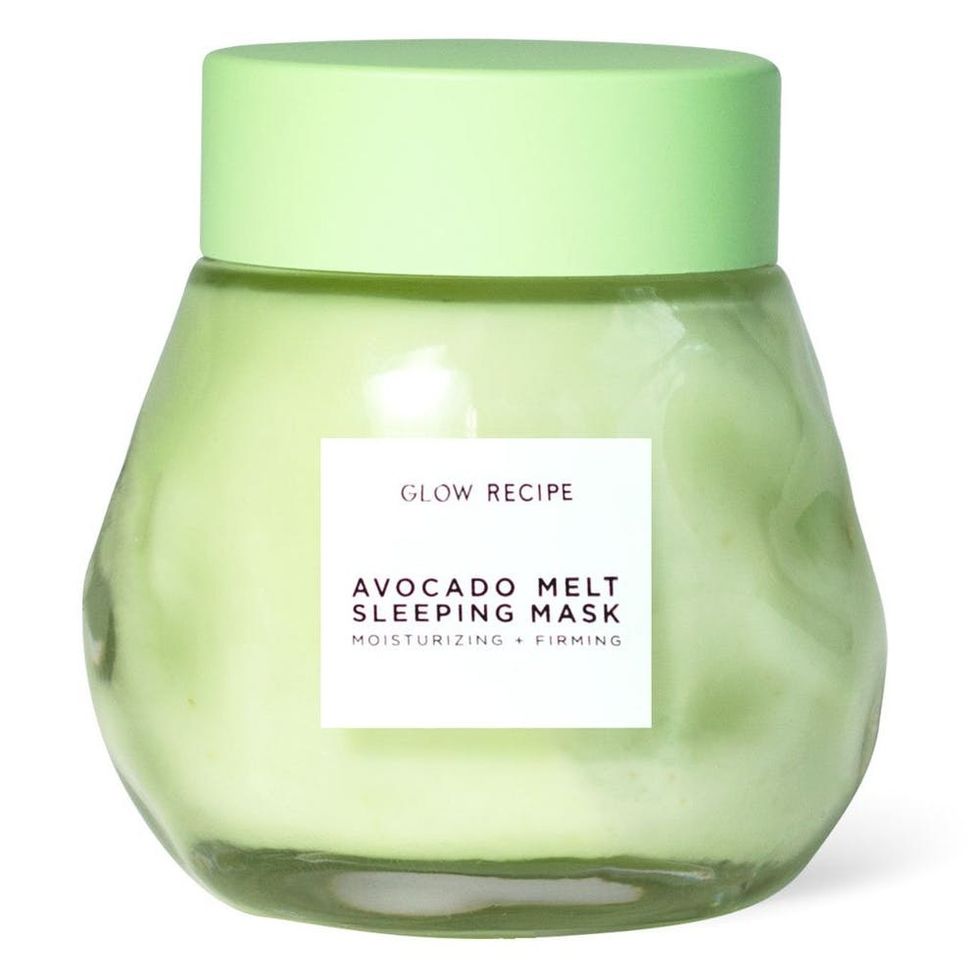
5. Glow Recipe Avocado Melt Sleeping Mask ($45): Polyhydroxy acids, avocado, manuka honey, and kaolin clay come together in this moisturizing and firming sleeping mask. Slather it on before slipping between the sheets to wake up to soft, glowing skin.
Will you layer acids in your skincare routine? Tell us @BritandCo!
Brit + Co may at times use affiliate links to promote products sold by others, but always offers genuine editorial recommendations.


